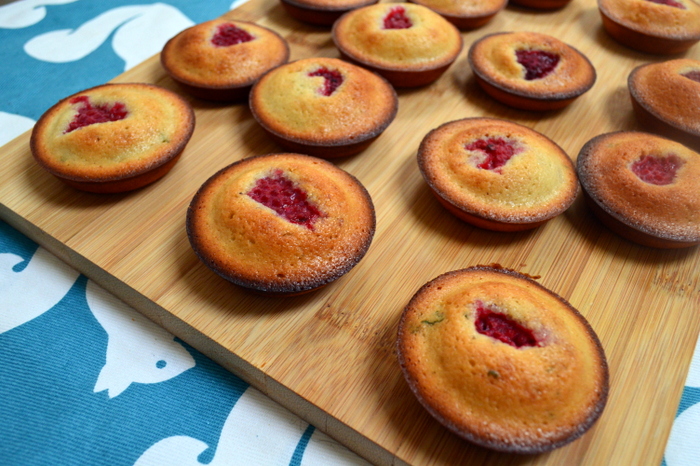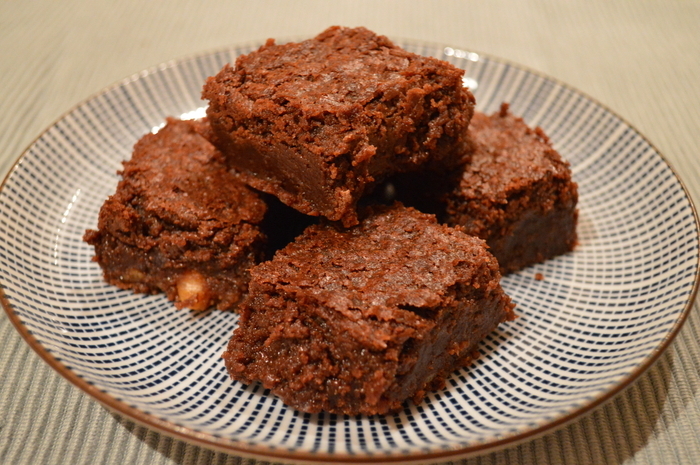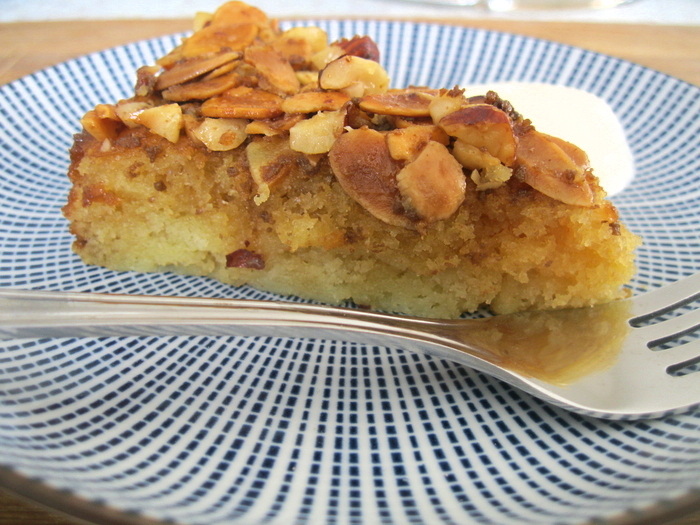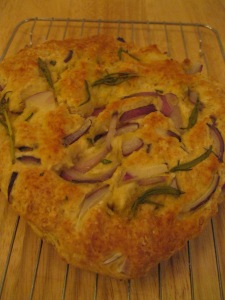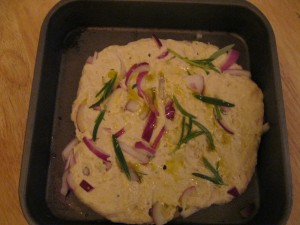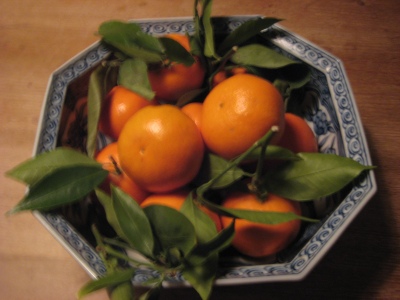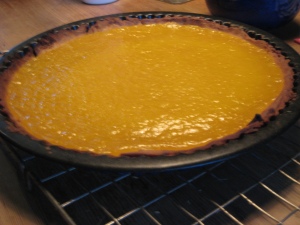Fittingly enough, the history of financiers is a story of greed. Financiers were part of a clever marketing trick targeting stockbrokers at the Bourse in Paris in the late nineteenth century. They’re based on an older simple almond cake called a Visitandine, made by nuns of the Visitandine Order. The Order was founded for nuns who were unable to deal with the austerity required by other stricter orders, who presumably were not allowed to spend their days eating delicious almond cakes. Stockbrokers in the rational atmosphere of 1890s Paris were not very likely to warm to such an ecclesiastical theme, so a baker named Lasne, who had a shop close to the Bourse, rededicated them with a nod to their egos. The simple cakes were easy to eat neatly as they didn’t have icing on them, which suited people working all day in three piece suits. They’re a simple recipe to master, with key basic elements of almond, egg and brown butter, after which you can add your own variations. Like their lighter cousins, Madeleines, they’re best eaten on the day they’re made, but the batter can rest in the fridge for a day or two before baking, so you can still have them prepped to go for guests. This recipe makes about 25 financiers, depending on the size of your moulds.
Ingredients
- 50g butter plus extra for greasing
- 50g plain flour plus extra for dusting
- 140g ground almonds
- 160g icing sugar, plus extra for dusting
- 6 egg whites, at room temperature
- pinch of salt
- 1 tablespoon chopped fresh basil
- 2 teaspoons lemon zest
- a few drops of vanilla essence
- 20-30 raspberries (one for each financier)
Ingredients
- Gently melt the butter over medium heat, watching carefully, until it starts to brown.
- Take off the heat and leave in the hot pan to brown for a minute or two more.
- Mix together all the dry ingredients in a large bowl then stir in the egg whites.
- Gradually stir in the browned butter, basil, lemon zest and vanilla essence until it forms a batter, being careful not to overmix.
- Cover and refrigerate for 2 hours or more.
- Preheat the oven to 180°C.
- Spoon the batter into greased muffin or financier tins.
- Add a raspberry to each one.
- Bake for 10-14 minutes, watching carefully from 10 minutes on.
- Remove when the edges start to brown.
- Remove from the oven and leave to cool in the tins for a few minutes.
- Transfer to a wire rack and serve as soon as possible.
